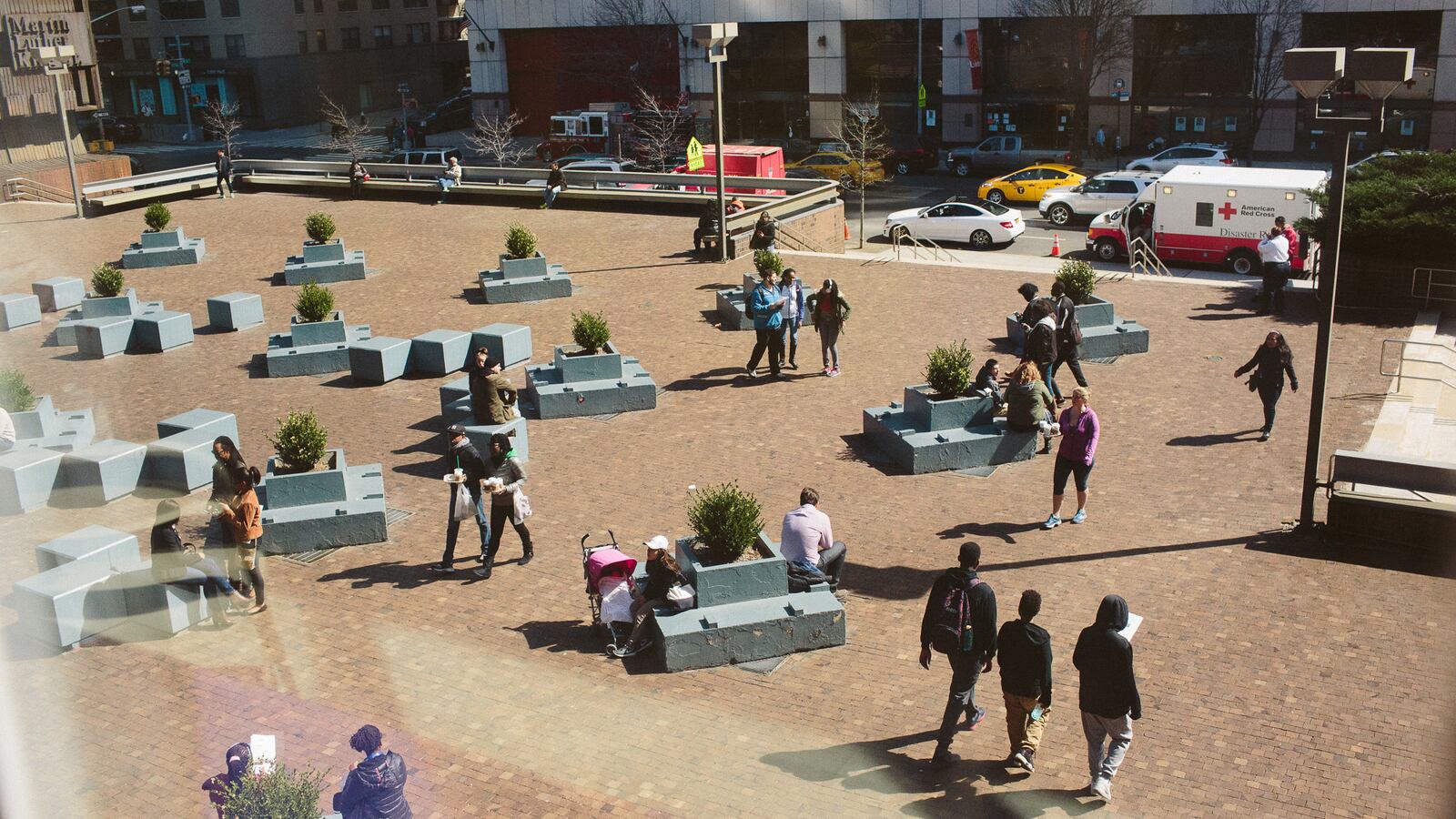The number of students with disabilities at the city’s top high schools nearly doubled over the past four years, a new enrollment analysis shows.
This school year, 1,059 students with disabilities were enrolled at a group of 25 top New York City high schools — a 96 percent jump in four years. That number represents less than 4 percent of the students who attended one of those schools, but the number has now been increasing since 2012, when only 541 students with disabilities attended those programs.
The increases, which were noted by education consultant David Rubel, come after the Department of Education deployed a series of policy changes, starting in 2012, that set aside seats for students with disabilities at selective high schools.
“When I first looked at the numbers in 2012, I was shocked to see how negligible the number of children with IEPs were at these top schools,” Rubel said. “A major, profound change is taking place at these schools.”
Rubel’s analysis centers on 25 sought-after schools, including Beacon and Millennium high schools, which admit students through a competitive admissions process, and three performing arts schools where admission is based partly on an audition. Also included are the city’s nine specialized high schools – such as Brooklyn Technical High School and Stuyvesant High School – which admit students on the basis of a single test. The specialized schools do not set aside seats, and generally enroll a smaller proportion of students with IEP’s.
The changes, even over the past two years, are striking. At nine of the 25 schools, students with IEPs make up at least 8 percent of the student body, up from just two schools in 2014. Chelsea’s NYC Lab School for Collaborative Studies topped the list, since more than 16 percent of its students this year have IEPs.
(The data are from the education department’s demographic snapshots, and excluded some popular schools, including Midwood, Francis Lewis, and Cardozo because of their hybrid admissions models.)
But students with disabilities still are not evenly distributed. At thirteen of the top 25 schools, students with disabilities made up less than 3 percent of total enrollment.
Some schools have seen their numbers jump dramatically, partly because they were serving so few students in the first place. Townsend Harris High School, which enrolls 1,133 students, tripled their enrollment of students with disabilities — from six in 2014 to 18 this year.
Others have seen enrollment of those students dip slightly; Stuyvesant High School has 18 students with disabilities this year, six fewer than in 2014.
Education department officials said the numbers reflect their encouragement of principals and superintendents to boost the number of students with disabilities in screened high schools. “We’ll continue to work with educators and families to expand access and options where students with disabilities can succeed,” spokesman Will Mantell said.
The analysis also notes that many of the schools are now serving more students through a model known as Integrated Co-Teaching, in which classes are taught by both a general and special education teacher.
More than 460 students are spending at least 60 percent of their school day in ICT classes, up from just 152 in 2012, which Rubel notes could indicate that the schools are better equipped to meet those students’ needs. Ten of the 25 schools offer ICT classes in four core subjects.
“The DOE is slow to change,” he said. “This to me is rocket ship speed change.”

